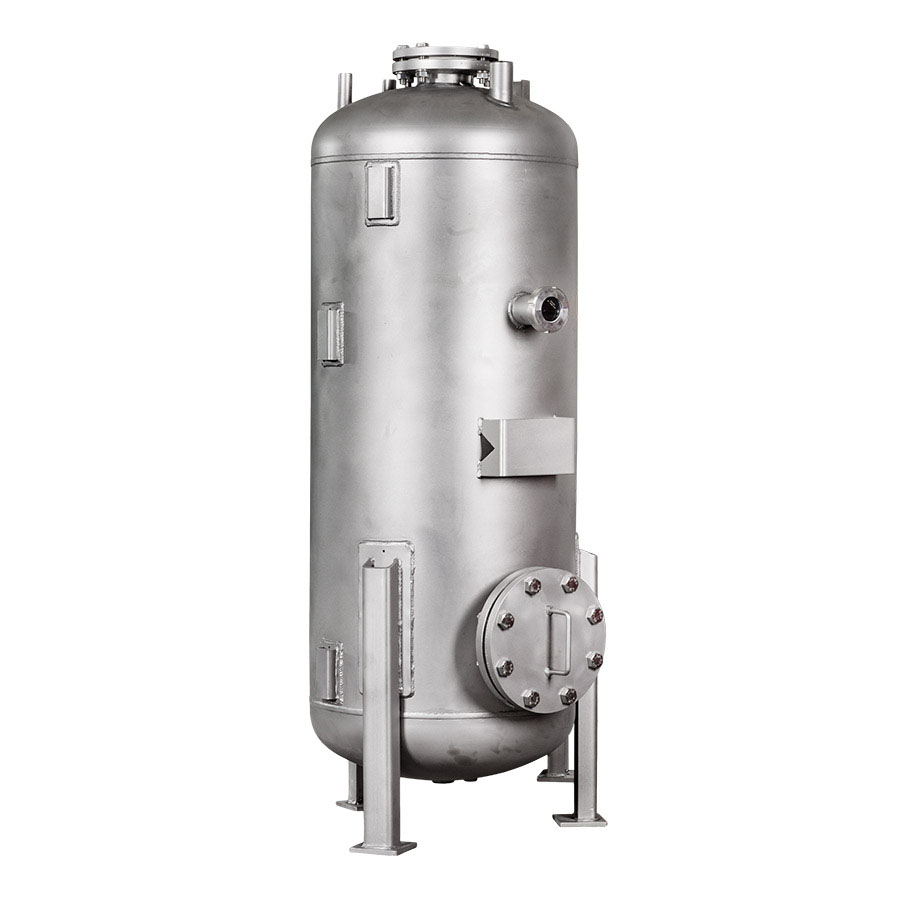Activated carbon treatment is a common method for removing organic and inorganic contaminants from water and air. Activated carbon is a porous material that has a high surface area, which makes it effective in adsorbing (attracting and retaining) contaminants.
The process of activated carbon treatment works as follows:
1. Adsorption: When water or air containing contaminants comes into contact with activated carbon, the contaminants are attracted to and held on the surface of the carbon. The porous structure of activated carbon provides a large surface area for adsorption, which increases the efficiency of the process.
2. Contact time: The contact time between the contaminated water or air and the activated carbon is an important factor in the effectiveness of the treatment. The longer the contact time, the greater the adsorption of contaminants.
3. Adsorption capacity: The adsorption capacity of activated carbon depends on the specific properties of the carbon, including the pore size, surface area, and chemical composition. The type and concentration of contaminants in the water or air also affects the adsorption capacity.
4. Regeneration: Over time, the activated carbon becomes saturated with contaminants and loses its adsorption capacity. Regeneration of the carbon can be achieved through various methods, including thermal reactivation or chemical washing.
Activated carbon treatment is commonly used in water treatment applications, including municipal water treatment, groundwater remediation, and wastewater treatment. It can effectively remove contaminants such as chlorine, pesticides, and organic compounds.
In air treatment applications, activated carbon can remove volatile organic compounds (VOCs) and odors from indoor air. It is commonly used in air purifiers and HVAC systems.
Overall, activated carbon treatment is a reliable and effective method for removing contaminants from water and air. It is a simple and cost-effective treatment process that can be tailored to specific applications and contaminant types.

